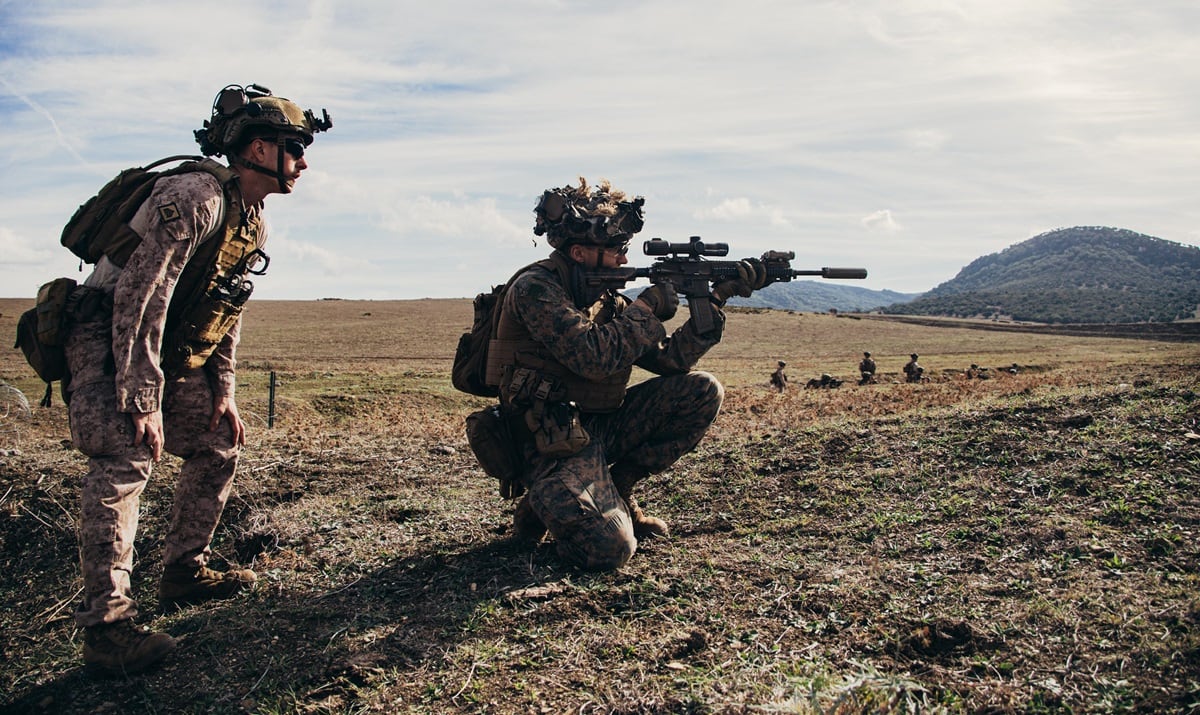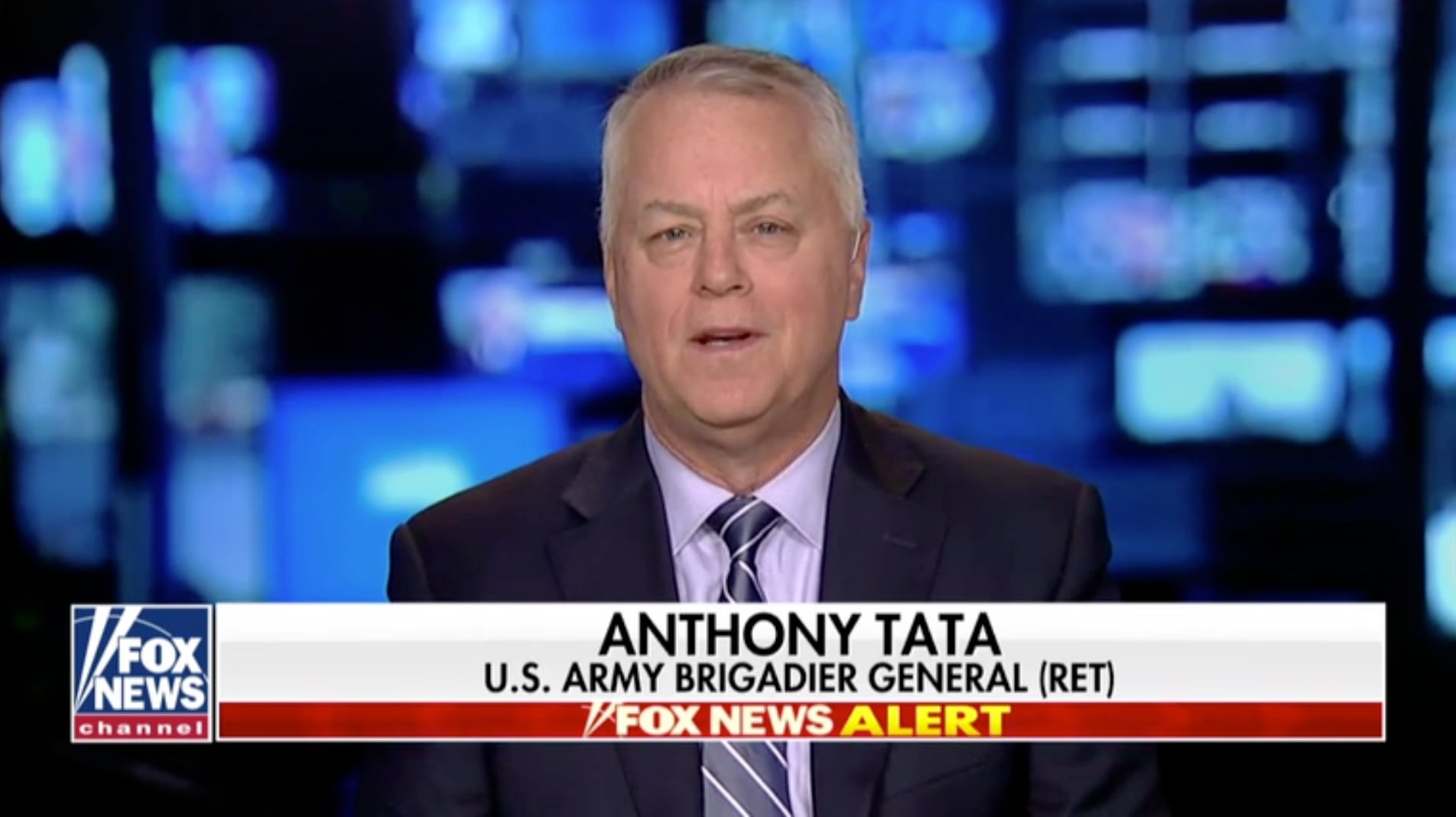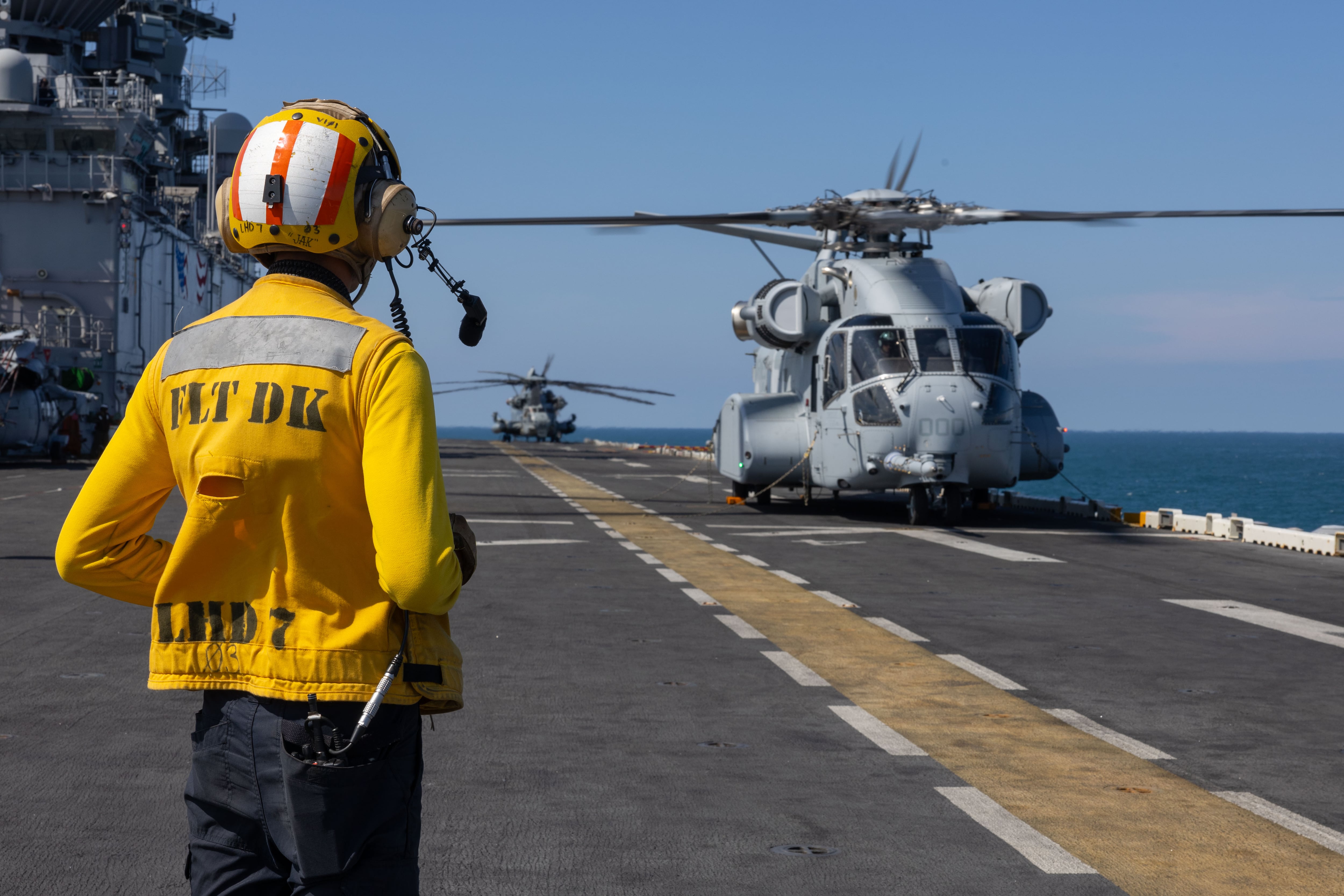When Lieutenant Georg Heinrich Rudolph Johann von Reisswitz of the Prussian army presented his new game to his military leaders in 1824, wargames weren’t a new phenomenon.
The board game Reisswitz had crafted was an update of a prototype by his father, which itself was indebted to earlier wargames derived from chess, Milan Vego recounted in a 2012 article in the Naval War College Review. Like its predecessors, the junior Reisswitz’s game involved two sides of few players each making decisions about simulated military maneuvers.
Yet the game was revolutionary.
It brought a new level of reality to wargaming: a detailed map as the gameboard, umpires who challenged the players with realistic scenarios and precise calculations of casualties, Vego wrote. Karl von Mueffling, the chief of the general staff of the army, was mightily impressed.
“It’s not a game at all!” Mueffling exclaimed, according to Vego. “It’s training for war.”
RELATED
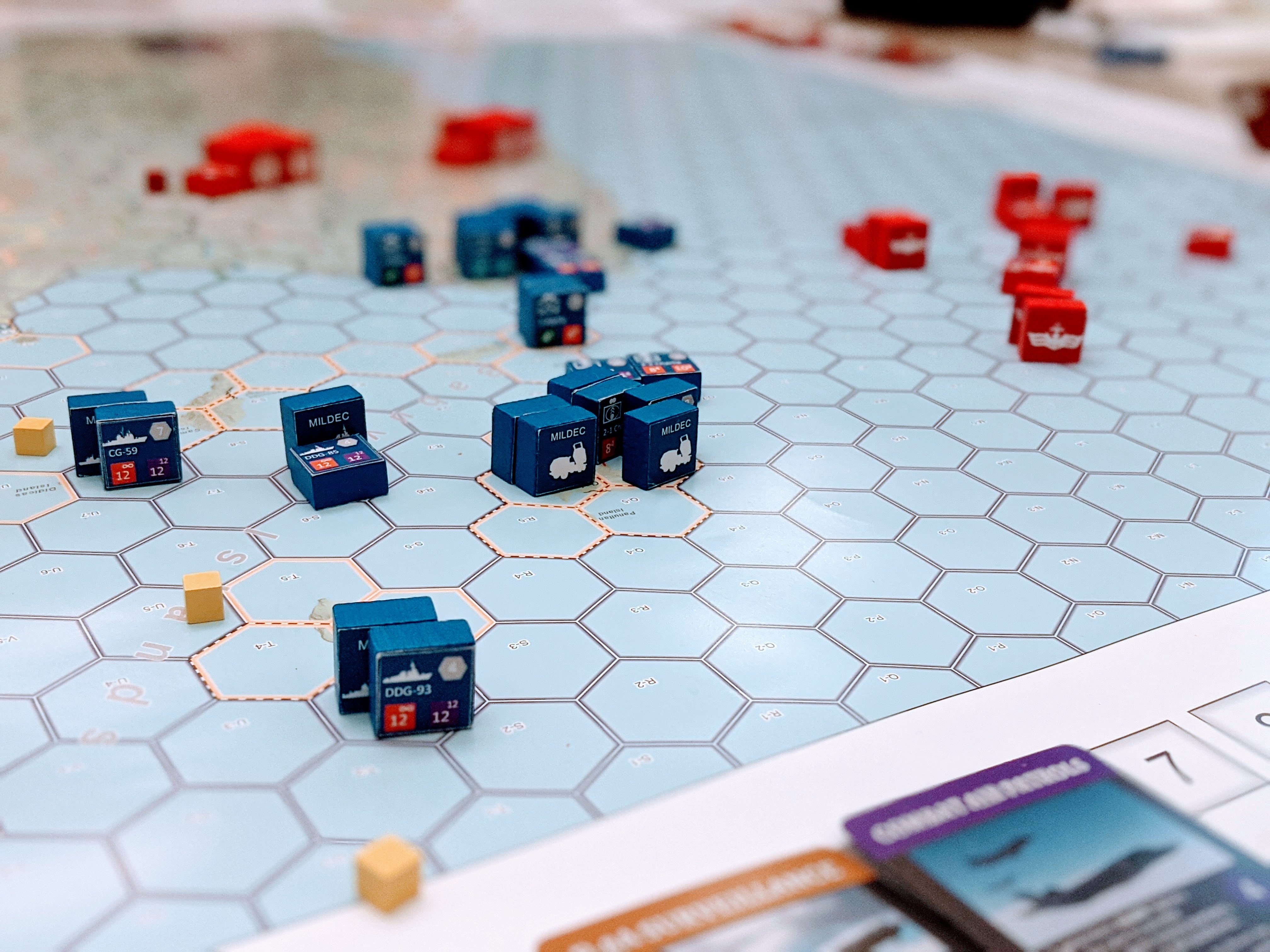
The Prussian army adopted the game as a tool to train for battle. And two centuries later, militaries are still using games to simulate aspects of war.
The Marine Corps, which has rethought its approach to fighting in recent years, uses wargames to explore the tough problems it might be forced to confront in war. These mostly classified games have become yet another focus of the conflict over the future of the Marine Corps.
Marine leaders say the results of wargames are one justification for the controversial changes they have made to the force, such as the divestment of tanks and the reduction of cannon artillery.
Critics of the changes have raised concerns about the games themselves, arguing they were unsound and didn’t lend support to the changes.
Did the Corps conduct its wargames properly and draw the right insights from them? Supporters of the changes say yes — and their view has carried the day, since the service already is years into its ambitious overhaul with the support of Congress and the Pentagon. Some critics still say no.
The Corps has said wargame results helped underpin its decisions aimed at making sure Marines are ready to fight, and win, the next war.
For the Marines who may one day carry out new kinds of operations, while armed with new weapons systems, the stakes of these games are high.
What wargaming is — and isn’t
Wargames try to simulate aspects of armed conflict, imperfectly.
In wargames, as in war, human beings on opposing sides make a series of decisions that have consequences for what happens next. Unlike in war, no one gets hurt.
Generally, the competitors in a professional wargame are the “blue cell” — the home team of sorts, representing friendly forces — and the “red cell,” representing enemy forces, according to a 2019 Rand report.
A white cell often adjudicates how the game progresses as the blue and red cells make their moves. Sometimes a green cell represents allied forces or civilians.
These days, computers often play a role in wargames, according to retired Marine Lt. Col. Travis Reese, who as a contractor has helped develop scenarios and wargames pertaining to Marine Corps modernization since 2017. But many wargames still involve people laying a map out on a table and, given a detailed scenario, making the tough decisions a commander might face in war, according to Reese.
There are two broad categories of wargames: educational and analytical, according to retired Marine Maj. Ian T. Brown, who worked with educational wargames while at the Brute Krulak Center for Innovation & Future Warfare.
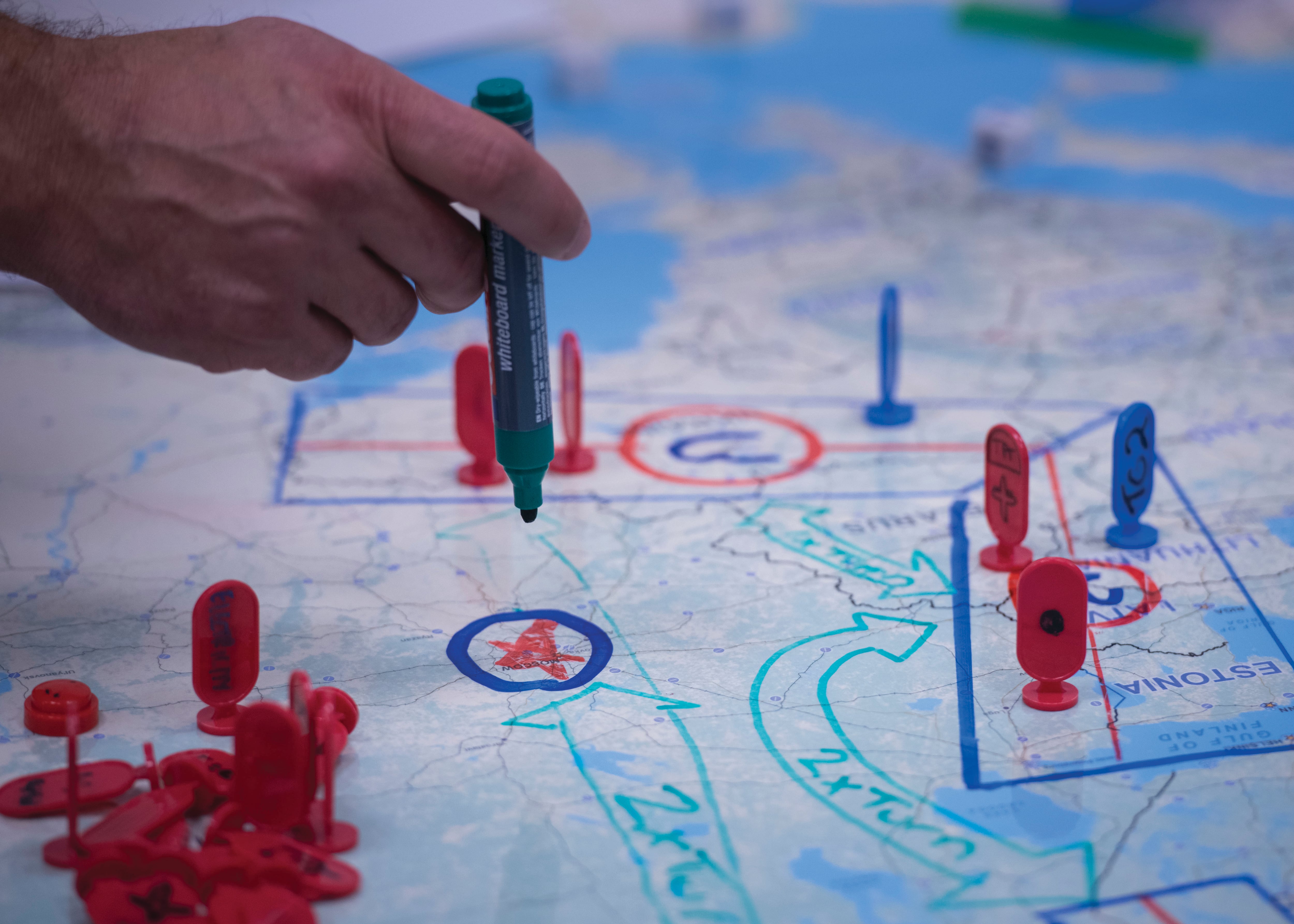
In educational wargames, the focus is on the players and their learning, according to Brown. In analytical wargames, the focus is on better understanding the problems that the games simulate.
Wargames can’t predict how a real war would unfold or even how the same wargame would turn out if it were played again. They can’t “validate” real-life decisions, several wargaming experts cautioned.
“In essence wargaming is an exercise in human interaction, and the interplay of human decisions and the outcomes of those decisions makes it impossible for two games to be the same,” the influential wargamer Peter Perla and Navy Lt. Cmdr. Raymond Barrett wrote in the Naval War College Review in 1985.
And no wargame can capture the complexity of real life.
Wargame designers must keep a narrow scope and assume, for the games’ purposes, that some things will work the way they are supposed to, freeing them up to play with other variables, according to Reese.
“You can never do everything in detail that you need to do to simulate a fight perfectly,” Reese said. “It’s just too many things to put together.”
The limitations of wargames are many, but so are their possibilities, these wargaming experts said.
Educational wargames can sharpen service members’ abilities to make good decisions when in a conflict with an adversary, Brown said.
Analytical wargames can “investigate processes” and “explore questions of strategy, human behavior and warfighting trends,” Perla and Barrett wrote.
The Quantico, Virginia–based Warfighting Lab has its own wargaming division to conduct these kinds of wargames.
Its major wargames tend to take place in a Marine Corps University auditorium, with the cells huddled on different sides of the room, division director Col. George Schreffler said. The cells get briefed for about a day and spend about three days making the moves that form the meat of a wargame.
The players, ranging in number from about 30 to 150, work long days that start at around 7:30 a.m., with a break for a brown-bag lunch, according to Schreffler. The adjudicators from the Wargaming Division sometimes work overnight sorting out the implications of the players’ decisions.
At the end of the week, the players debrief the game, explaining their choices. The Wargaming Division writes a preliminary report on the game and then a more fleshed-out analytical report, which typically takes two to three months, according to Schreffler.
Well-conducted wargames can usher players into a mental zone called “the magic circle,” in which they accept the virtual world and make decisions that feel real within it, Brown said. In this magic circle, players emotionally engage with what happens in the game.
“That’s actually a very valuable psychological dynamic, because it makes your experience stick with you in a way that you remember,” Brown said. “And if you remember it, you can assess it yourself, and you can learn from it.”
Preparing for war
Analytical wargames have been at the center of the Marine Corps’ bold, and controversial, overhaul plan.
That plan — called Force Design 2030, though leaders recently dropped the “2030″ — was championed by now-retired Gen. David Berger, who served as commandant from 2019–2023 and before that was the deputy commandant for combat development and integration.
From 2016 to 2018, before Berger was in those two modernization-focused roles, he was the leader of Marine Forces Pacific. It was at that job that he witnessed a series of worrisome wargames, he said at a Brookings Institution event in May 2023.
The games convinced him the Corps had to evolve if it didn’t want to lose a fight with China.
“If we don’t change something, the same result is going to happen every time,” Berger recalled thinking.
A 2018 wargame Berger observed at the Naval War College in Newport, Rhode Island, indicated to him that Marine forces needed to be lighter, more mobile and positioned closer to the possible sites of conflict in the Indo-Pacific and China, he told Defense News.
RELATED
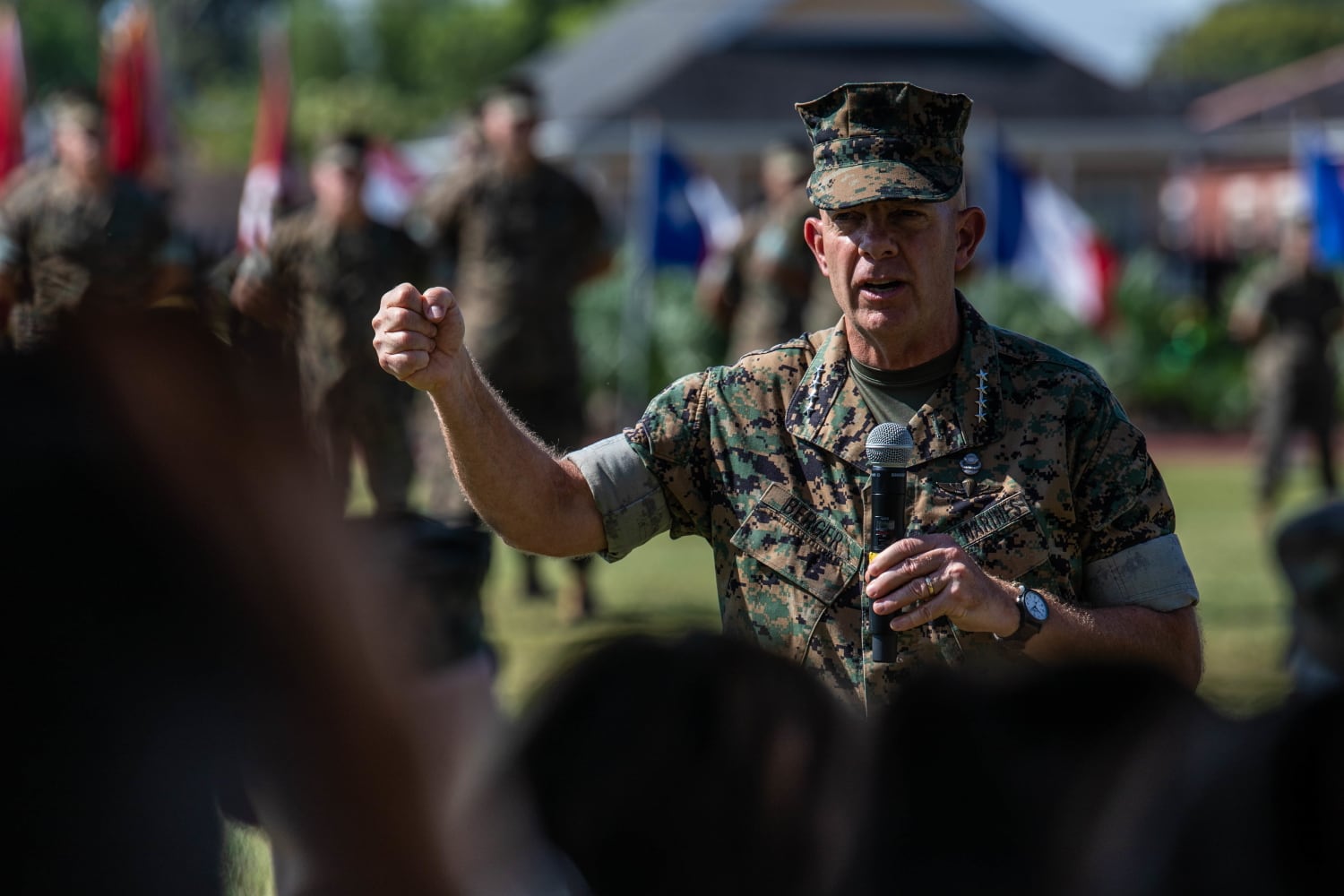
In 2019, Berger devoted three of the 23 pages of text in his commandant’s planning guidance to wargames, including what they have “shown” the Corps needed to change.
He already had decided that the Corps needed to become capable of spreading out on and near shore, fending off enemy naval forces, and avoiding getting tracked and hit by long-range fires, he wrote in the guidance. Wargames would “rapidly produce solutions for further development in accordance with my guidance and vision.”
Divestments of tanks, artillery, law enforcement personnel and more followed. So did controversy.
Critics of the changes, including several retired Marine leaders, have voiced concerns that the Corps was focusing too much on China and losing its ability to assert itself in conflicts elsewhere — and that even a fight with China would go poorly because of these divestments.
One skeptic is Scott Moore, a retired Marine lieutenant colonel who holds a doctorate in conflict analysis and resolution and who as a BAE Systems contractor observed and analyzed wargames at the Warfighting Lab between 2016–2021.
He said he took issue with the timing of the divestments relative to wargames. The games he was involved in didn’t lend support to those changes, he said.
“Those decisions, to my mind, were made absent any wargames,” he told Marine Corps Times.
Yet Gen. Eric Smith, who became the Marine commandant in September 2023, has said the Marine Corps shouldn’t wait until concepts are totally fleshed out before implementing them.
That would take too much time, he said in October 2023 on a War on the Rocks podcast. And with changing administrations and budgets, and adversaries who are modernizing their own militaries, time isn’t something the Corps can afford to lose.
“If you wait until it’s completely validated, you’ll get nowhere,” Smith said.
Current Marine leaders have insisted the force needed to modernize given the threat of the Chinese military. Even in its revamped form, these leaders have said, the Corps remains ready to respond worldwide.
Wargames are just one element in the Corps’ “virtuous cycle” of learning, according to Smith.
First, the Marine Corps develops a concept, Smith said. Next comes a wargame. Then Marines do an experiment in the field with real equipment. Finally, the Corps incorporates feedback from these efforts.
“One wargame is one wargame,” Smith said. “It’s a data point.”
“Now, when I see 17 data points aligned and moving in a certain path or a certain trajectory, OK, now I’m interested.”
Logistics, logistics, logistics
But what if, some critics of Force Design have asked, those data points came from wargames that were fundamentally flawed?
Moore said the wargames he observed made too-optimistic assumptions, especially about logistics and mobility: that the Marines would be in the theater ready to fight when conflict broke out, that ship-to-shore vessels would come ashore without issues, that civilians would help Marines get food and supplies locally, that roads and bridges would be in good shape. He said the games also assumed uninterrupted command and control, sufficient air defenses and lack of detection by adversaries.
“Those were the assumptions that we never were allowed to test,” Moore said. “And those underpin the entire Force Design.”
A source who has firsthand knowledge of Marine Corps wargames and participated in some himself, and spoke on condition of anonymity, said he also had concerns about logistics being assumed away.
“It’s like a play,” he said. “The curtain goes up, and everyone’s on stage, and then we play. But how did everyone get on the stage?”
A now-retired senior Marine officer recalled asking questions about logistics while getting briefed on the results of the Corps’ wargames. How would Marines and their equipment be moved to the fight? How would they be sustained? How would these logistics efforts evade the enemy’s notice?
RELATED
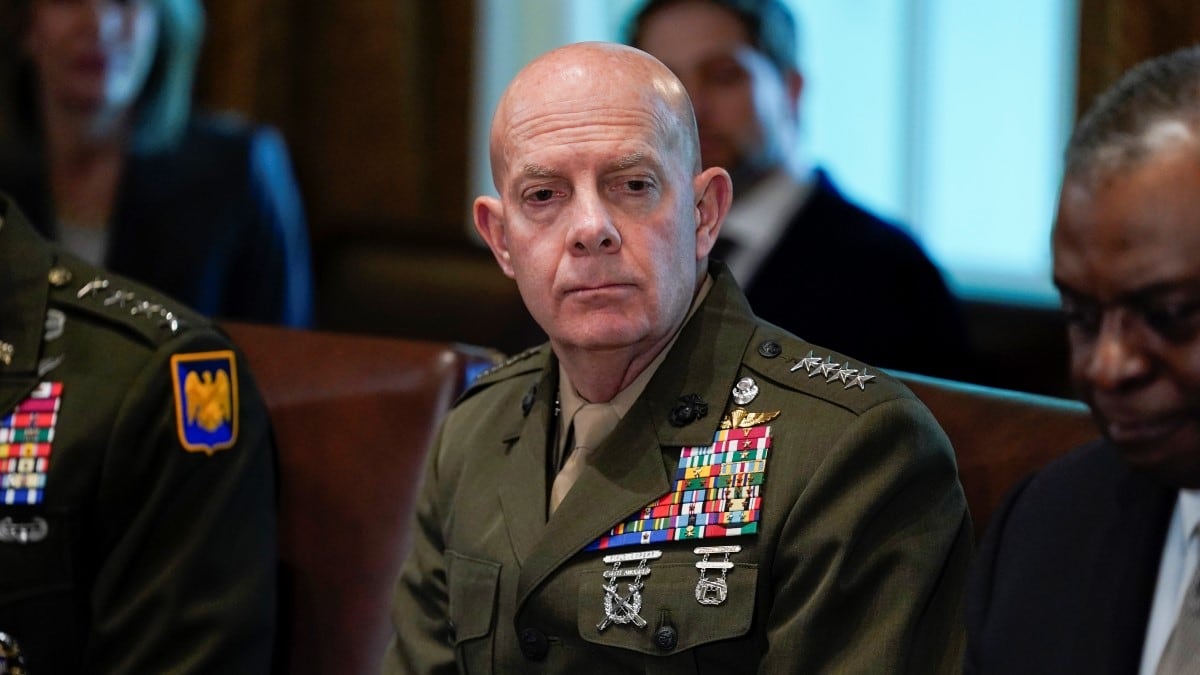
“Every time, it was like, ‘Sir, that’s a great question,’” said the retired Marine, who spoke on condition of anonymity for professional reasons. He said he never got those questions answered.
Proponents of Force Design argue a lack of emphasis on logistics in some wargames does not mean those games were entirely flawed.
The wargames that Moore observed occurred early in the Force Design process, Reese noted. The games had to constrain “some chatter and some noise” so the Corps could begin to answer the questions it had about the nascent overhaul, he said.
“A lot of the games that, quote-unquote, ‘didn’t address logistics’ weren’t designed to, because it was going for a different problem,” said Lt. Col. Leo Spaeder, a logistics officer who worked at the Marine Corps Warfighting Lab from 2018–2021.
Spaeder acknowledged that “there were very, very unlikely and very favorable logistics assumptions made” in some games when he first got to the lab. But that soon changed, in part thanks to the 2018 arrival of now-retired Col. Tim Barrick as head of the Wargaming Division, according to Spaeder.
These days, Marine Corps leaders make clear they aren’t ignoring logistics. Far from it, they say: In his final year as commandant, Berger repeatedly declared his focus was “logistics, logistics, logistics.”
In the past three years at the Wargaming Division, 40% or more of the games have been specifically geared toward examining logistics, according to Schreffler.
Logistics “are gap areas that the Marine Corps has considered, continues to work on and is very alert to,” Schreffler said.
In interviews with Marine Corps Times, those with knowledge of the wargames spoke about them in general terms. That is because the Corps keeps the results of many of the analytical wargames classified — a fact that has provided more fuel for criticism from those with concerns about Force Design.
“I have not heard or seen anything of any weapons systems or any tactic that would justify the classification of these games, other than the fact that they really didn’t want people to know what they were up to,” said retired Marine Col. Gary Anderson, who retired as chief of staff of the Marine Corps Warfighting Laboratory in 2000.
Reese pushed back on the idea that high levels of classification allowed the games to evade scrutiny. Before Berger could make changes, he had to have buy-in from civilian Defense Department leaders and legislators, Reese said.
The Corps keeps wargame details classified for good reason, Schreffler maintained.
“There are, in fact, secrets that need to be protected from adversaries, who if they had the information, would immediately use it to develop counters to the capabilities the Marine Corps is developing,” he said.
What comes next
In coming years, the Wargaming Division plans to do more wargaming than ever before — about 20 big games a year, up from eight to 10, Schreffler said on a Corps podcast in August 2023. Enabling that will be the large facility now under construction on the campus of the Marine Corps University in Quantico, Virginia.
Named for retired Gen. Robert Neller, who championed wargaming while serving as commandant from 2015–2019, the $79 million, 100,446-square-foot center is set to reach initial operational capability in 2025.
The Neller Center will allow more games, at a bigger scale, with better technology for analyzing data, according to Schreffler. The center will have remote capabilities, meaning a Marine in California could examine a problem through a wargame without booking a cross-country flight.
A defining characteristic of wargames — whether played on a map or through the cloud — is, according to the 2019 Rand report, that players make decisions and end up “living with the consequences of their actions.”
Yet the wargames that inform the path of change the Marine Corps is pursuing have consequences of their own. When Marines and Marine veterans argue about wargames, they are also arguing about war: how to prepare for it and how to fight it.
The Corps has an obligation to the more than 30,000 Marines now positioned overseas to get its transformation right, Berger told the audience at the Modern Day Marine conference in June 2023.
“They are our sons and daughters, and we owe them an unfair fight,” Berger said.
Reisswitz’s wargame was no game, a Prussian general observed in 1824 — but war is no wargame. People live and die with the consequences.
Irene Loewenson is a staff reporter for Marine Corps Times. She joined Military Times as an editorial fellow in August 2022. She is a graduate of Williams College, where she was the editor-in-chief of the student newspaper.
